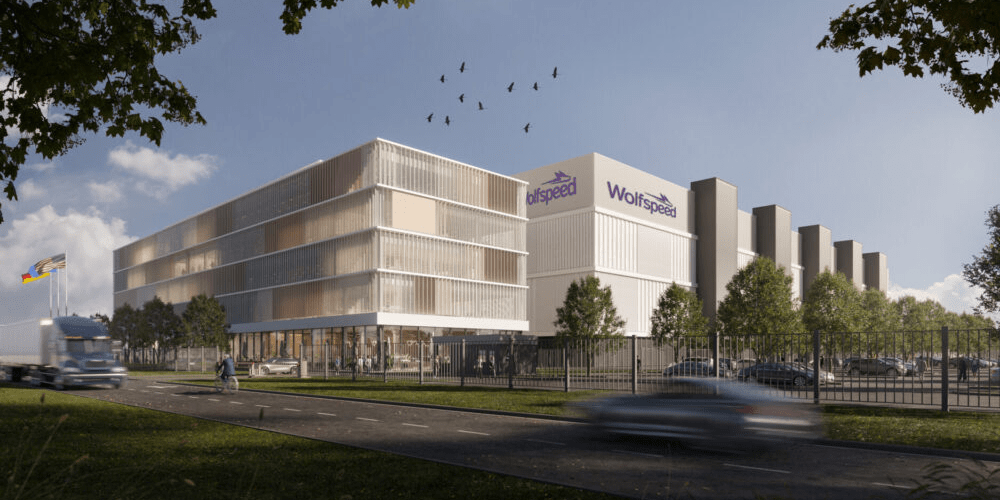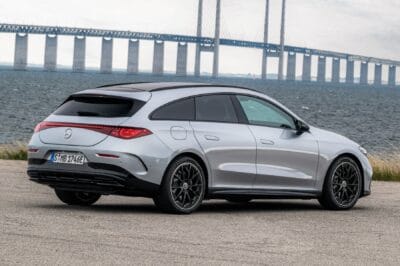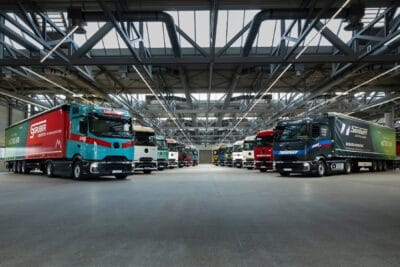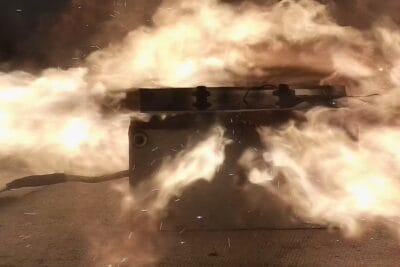Wolfspeed & ZF move ahead with European SiC factory
The US semiconductor manufacturer Wolfspeed has confirmed previously leaked plans to build a plant for SiC semiconductors in Saarland with local supplier ZF. The highly automated 200 mm wafer plant will be the company’s first “fab facility” in Europe and is expected to be the most modern of its kind.
Wolfspeed and ZF made the announcement at an event that doubled to present the location. The new factory will revive the land of a former coal-fired power plant in the town of Ensdorf, Saarland. The state borders France and Luxembourg.
The Wolfspeed factory is part of the Important Project of Common European Interest (IPCEI) for Microelectronics and Communication Technologies. It is still pending approval of government funding by the European Commission.
Wolfspeed seems to have the support of the German government, however. Chancellor Olaf Scholz and his Vice Chancellor and Minister of Economics Robert Habeck joined Saarland’s Minister-President Anke Rehlinger on site.
The political support may also be due to the fact that a German company is involved: ZF Friedrichshafen intends to support the new construction by making a “sizable financial investment” as part of a new strategic partnership, writes Wolfspeed. The investment is not quantified in concrete terms; there is only talk of hundreds of millions of dollars in exchange for Wolfspeed common shares – ZF will thus hold a minority stake.
The partnership will further see Wolfspeed and ZF establish a joint innovation lab to drive advances in silicon carbide technology. The R&D centre focuses on innovations for silicon carbide systems and devices to meet specific requirements in all mobility segments. However, the focus will be on passenger cars and commercial, agricultural and industrial vehicles.
“These initiatives are a significant step towards a successful industrial transformation,” said Holger Klein, CEO of ZF. “They strengthen European supply resilience and, simultaneously, support the European Green Deal and the strategic goals for Europe’s Digital Decade.”
The project “bundles important know-how in Europe and contributes to the implementation of the European Green Deal by reducing energy consumption and CO2 emissions,” added Saarland Minister-President Anke Rehlinger. “We’re proud to have Wolfspeed and have our region play such a vital role in advancing Silicon Carbide semiconductor innovation.”
Besides political support, ZF has been a decisive factor for Wolfspeed coming to Saarland. The automotive supplier has been present in the state for decades, has correspondingly good contacts with politics, and is the largest employer in the region. The new factory is expected to create 600 jobs, and Wolfspeed expects production to run up in Saarland in four years.
ZF will primarily take a stake in the R&D Centre, and further cooperation partners are invited to participate and build an end-to-end European silicon carbide innovation network.
“This new fab represents a big step forward for both Wolfspeed and our regional customers as we enhance the ecosystem for semiconductor production and innovation,” said Gregg Lowe, President and CEO of Wolfspeed. “This new facility will be crucial to supporting our expansion in a capacity-constrained industry that is growing very rapidly, especially across the EV marketplace. It was important for us to have a facility located in the heart of Europe, near many of our customers and partners, to foster collaboration on the next generation of Silicon Carbide technologies.”
European clients for Wolfspeed semiconductors include Mercedes-Benz for future EV platforms or Jaguar Land Rover next-generation electric cars.
Internationally, the Saarland factory is part of Wolfspeed’s current $6.5 billion capacity expansion plan. This includes the opening of the company’s 200mm chip plant in Mohawk Valley in April 2022 and the construction of the John Palmour Manufacturing Center for Silicon Carbide, a 180-acre silicon carbide feedstock facility in North Carolina, USA, which will expand the company’s current supply capacity by more than ten times.
SiC semiconductors generally have higher conductivity and enable higher switching frequencies compared to silicon chips. Only around half as much energy is lost if heat, which increases the range of electric cars. Since less heat is emitted and the SiC components can also be operated at higher temperatures, the power electronics cooling system can be smaller. This saves energy and reduces weight and costs thanks to the more compact cooling systems.





0 Comments